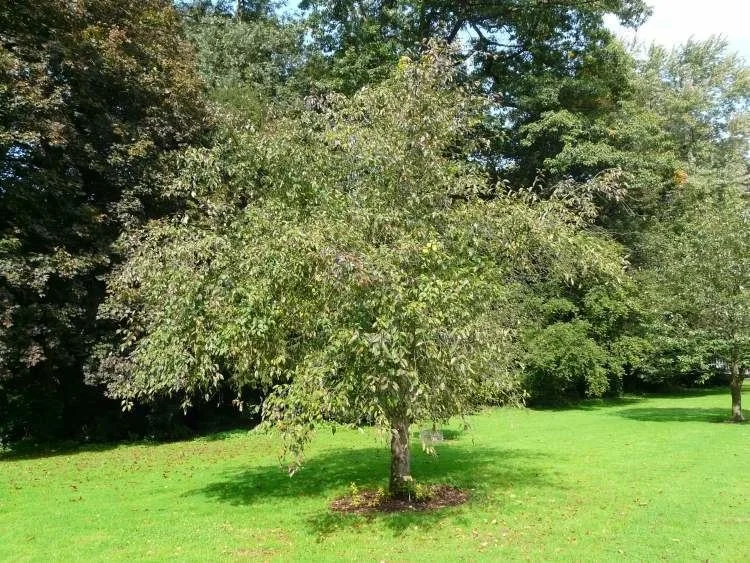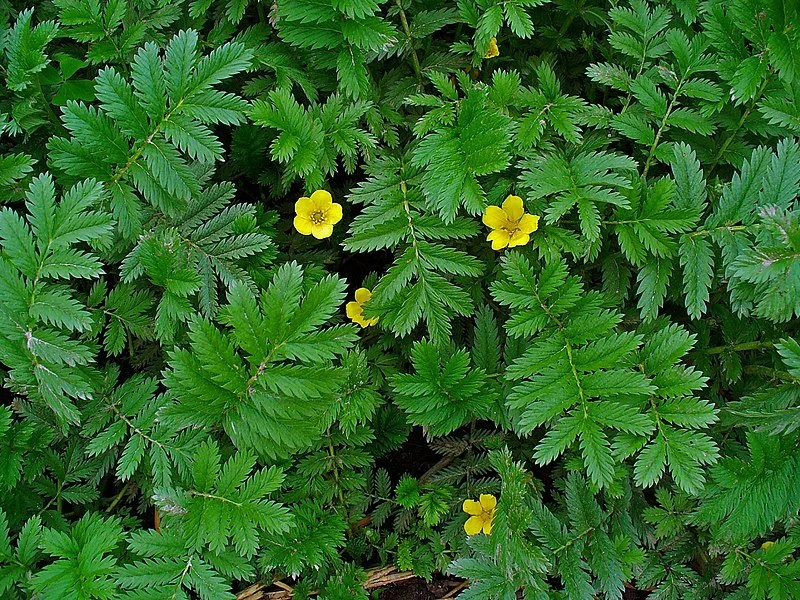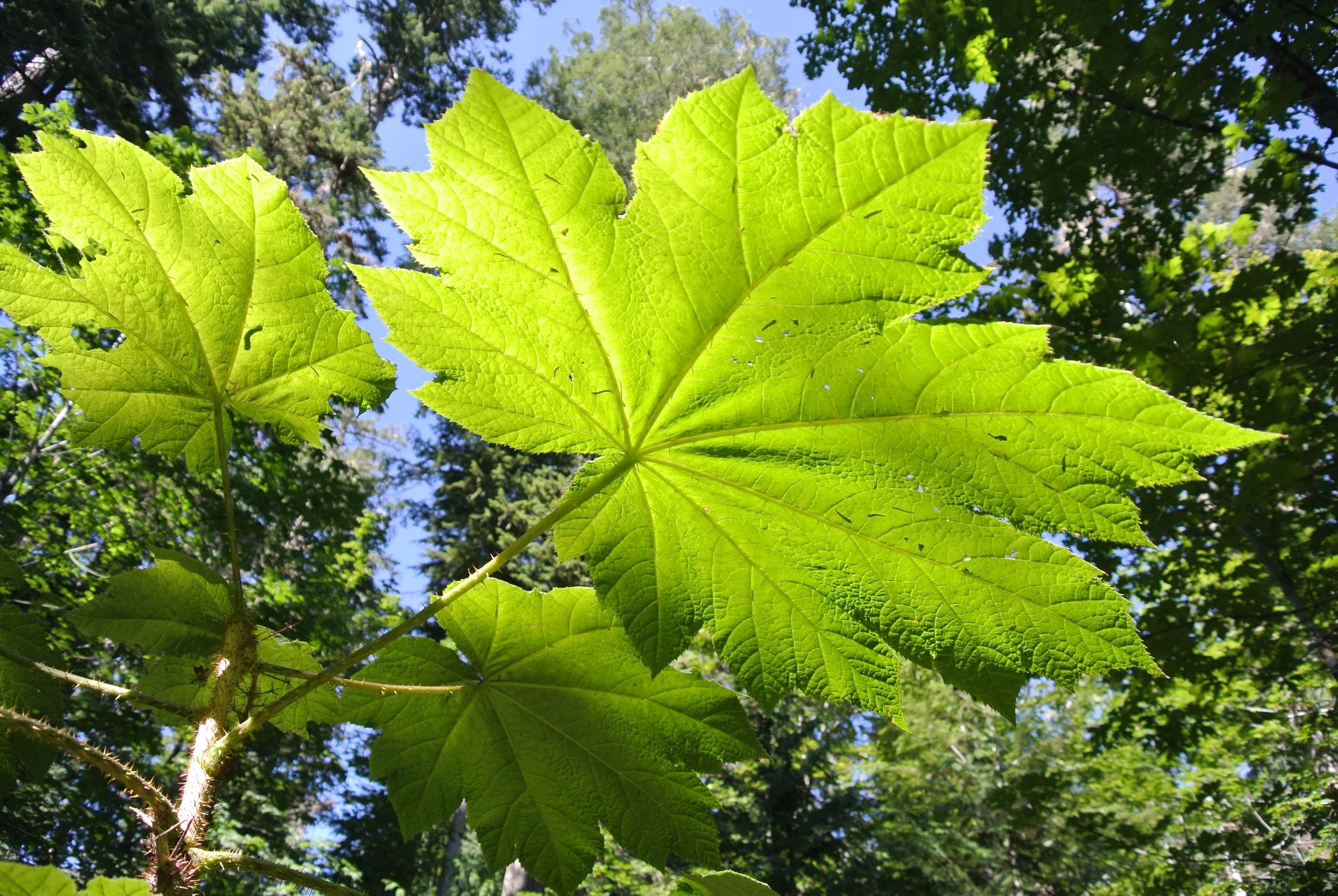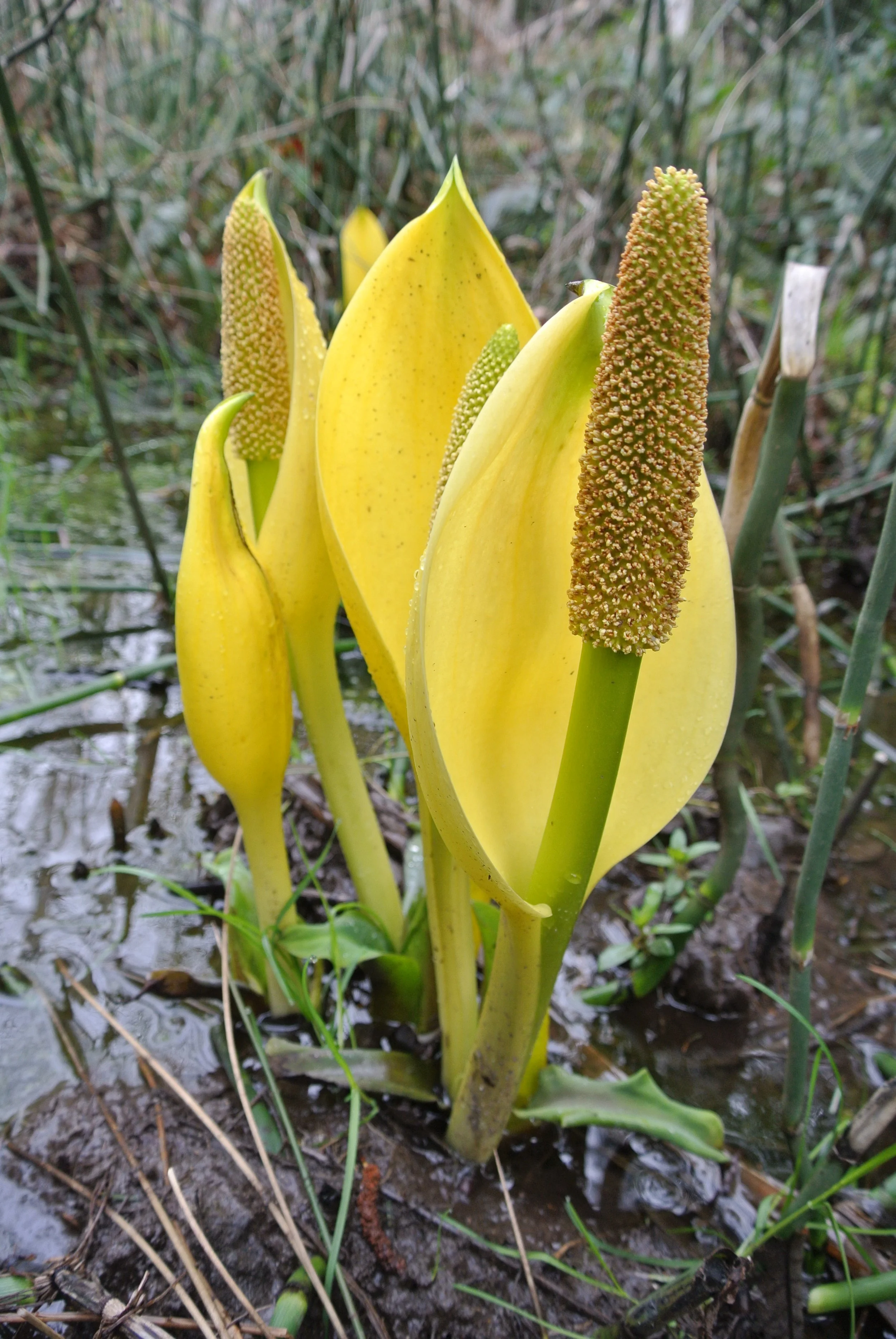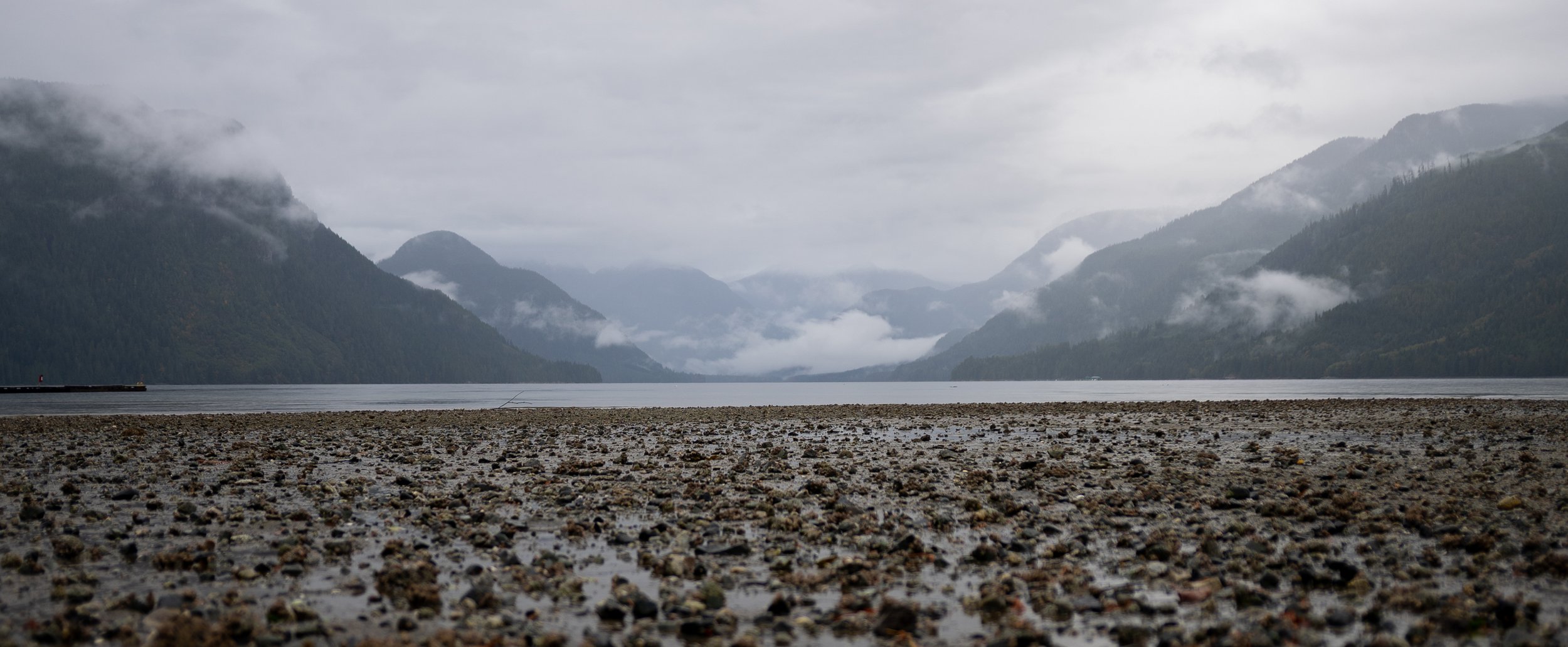
Welcome to our Library!
Celebrating Wild Food, Wild Medicine, and Wild Idea’s in the Salish Sea Bioregion
Kinnikinnick
Kinnikinnick is a ground cover plant used as a tobacco and coffee substitute.
Salmonberry
Salmonberry flavours range from bright, fruity, and citrusy to deep and earthy.
Devil’s Club
Qwa’pulhp is one of the most powerful and widely respected medicinal plants found along the B.C. coast.
Common Camas
Camas is native to the endangered Garry Oak ecosystem, primarily found in the Gulf Islands and southern Vancouver Island.
Skunk Cabbage
Historically used by Coast Salish Peoples for medicinal purposes, though it can be toxic if not prepared properly.
Nodding Onion
Nodding Onion (Allium cernuum) is a native perennial herb with slender, grass-like leaves and drooping clusters of pink to white bell-shaped flowers. Found in open woods and rocky slopes, it emits a mild onion scent.
Labrador Tea
Labrador tea holds deep cultural and medicinal significance among Coast Salish peoples. Traditionally, it has been used as a remedy for colds and sore throats. The leaves are often brewed into a tea, valued for it’s healing properties.
Turkey Tail
Turkey tail mushrooms are small (1-4 inch) shelf mushrooms that grow from decaying deciduous and conifers logs. The tops of their caps are hairy but smooth, and beautifully striped with just about any colour!


